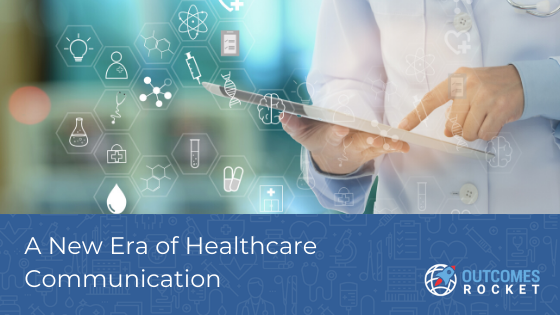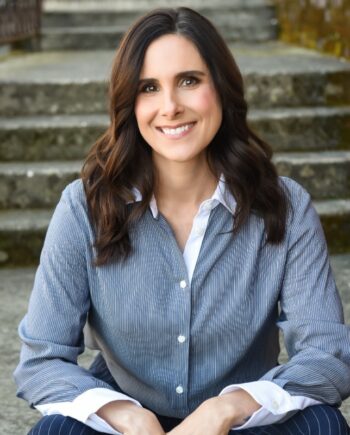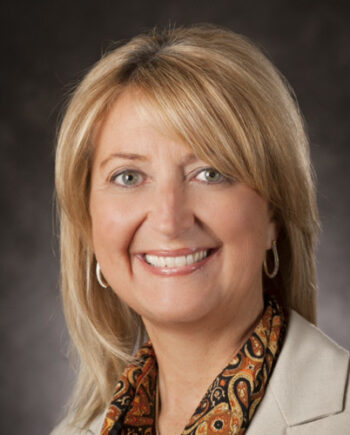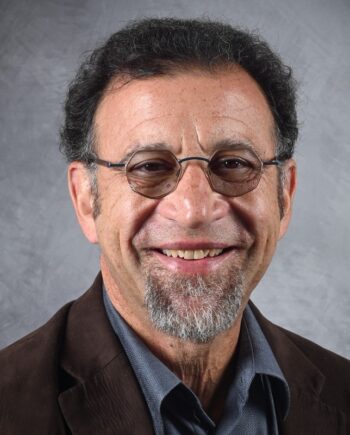
In the past 20 years, we have come far in terms of digital communications, with explosive growth that has changed our lives and even the language we speak. It has significantly shifted the way businesses and industries work and has radically shaped marketing strategies. Yet if there is one industry in which timely, digital communication is vital, it’s healthcare.
Unfortunately, the shift to digital communications in healthcare has been relatively slow, causing angst for organizations, both large and small. As a result, it remains a hot topic, with clinicians and patients clamoring for efficient information exchange, and more and more healthcare providers seeking better solutions to break down the silos and offer better, more coordinated patient care.
In one of my recent podcast sessions, I had the pleasure of interviewing Justin Sims, President and COO of careMESH, a clinical communications and collaboration services provider with a National Provider Directory as its cornerstone. Its services are designed to efficiently allow hospitals and other healthcare organizations to communicate with any other while maintaining complete control over when and where patient information is shared, maintaining data privacy policies, and easing the reliance on out-dated tools such as fax and phone calls.
On the topic of digital communication, Sims noted, “Twenty years after every other industry turned to digital communications, it’s time to do the same in the United States healthcare industry.”
That’s a strong call to action for health leaders and providers.
In our conversation, he called the use of paper, fax, and phone calls in coordinating the care of patients “grossly inefficient”, explaining: “The fact is that the coordination of patient care is so human-intensive and there’s so little reliance on technology to support. Everyone now has an EHR; they have computers and mobile devices. Patient records can now be exported from EHRs in this format called C-CDA. There really isn’t an excuse for us to be continuing to rely on paper, fax, and phone calls.”
I think he’s right. Having the audacity to expect bigger and better things is what it will take to transform healthcare communications. Sims and careMESH are holding us to a higher standard. Why will they be able to pull it off? Well, for one, Sims used to be the head of AT&T Global Services and is a whiz at enabling the consumerization of communications methods and tools. Secondly, careMESH’s technology and platform make sharing data seamless in real-time.
He acknowledged that weaning people off old tools and directing them to digital communications can be difficult, but also emphasized that with a migration path, it can be done. careMESH is focused on helping that communications revolution take place and firmly believes that a failure to address these issues is contributing to physician burnout, medical errors, and waste. If I had to fax things all day and spend more time inputting data into medical records, I would be feeling just as burned out.
How does careMESH improve US healthcare’s slow digital communication and enable interoperability?
According to Sims, careMESH migrates users onto digital communications by first helping them find each other through a national provider directory that contains information on every single healthcare provider in the country, plus three or four million other people (nurses, physician assistants, therapists, etc). The company dynamically manages millions of contacts to ensure they are accurate and up-to-date. This in itself is a huge benefit that will extend reach and improve care coordination. From there, careMESH includes what they call “multi-channel delivery” and a wide variety of messaging tools based on national standards to ensure providers can share information and collaborate.
So if you’re a hospitalist and want to send a message, perhaps a patient record, to an outside specialist treating your patient after discharge, you can easily do so in careMESH. You can attach all the needed information, including images, easily. The recipient will receive the message according to his or her communications preferences, be it through the EHR messaging system, into a secure mailbox, or on their iPhone or Android device. That seems pretty impressive to me. No matter how you send it, the recipient can view and download the content. And it doesn’t matter what EHR you use. Seriously? Yes.
Sims said that once a recipient opens a patient record, it won’t be filled with tables and grids. Instead, it will have the most important information at the top of the screen, shown graphically in a format familiar to all doctors and nurses. And, it allows the recipient to search the entire record using a Google-style search.
Using careMESH means you won’t have to frantically look around for fax numbers to send information to. You won’t have to worry about secure email protocol. You won’t even have to worry if the intended recipient received and read the email.
If digital communication in healthcare is so great, why has there been such a chokehold on getting it done?
Sims believes it is because practices on paper-based workflows offer resistance. There’s also the idea that the solution to digital communication already exists in the form of Direct secure email. Unfortunately, according to Sims, only half of the doctors have Direct and only 10% of those doctors actually know they have it. Still, another reason is the absence of a directory which makes communication difficult: “In the US, there is no natural hub for a provider directory. And so there are many organizations that create their own. In fact, pretty much everyone creates their own directory. “
What careMESH has done is pull together information from all of the official sources — from NPI, PECOS, CMS, state medical boards, hospitals, and provider groups. All data are placed in the directory, and mechanisms are in place to constantly keep all information current. And, because the company is using the HL7© FHIR© standard, it is easy to integrate EHR with the directory. It also means that they offer the directory as a service and not just a data dump.
Sims explained, “The most important thing to understand is that for the sender, we make the experience completely invisible to them …Instead of going into the EHR messenger, looking up in a directory and trying to find somebody (and they have very few practitioners listed in that directory from the outside world), suddenly they see nearly five million practitioners in the directory. They can select a practitioner and send. If the individual at the receiving end has a direct messenger, then of course, we will deliver the message through direct. If they don’t, we’ll deliver it another way. In 100 percent of the cases, we will ensure that we create a digital version of the communication that the recipient can access and access free of charge even if we have to inform them.”
If you’re wondering how to improve communication efficiency, increase digitization, and boost interoperability in healthcare, careMESH offers a great solution. It’s like hitting two, maybe even three birds with one stone.
Wondering how to learn more or get started? Check them out here.
HL7 and FHIR are the registered trademarks of Health Level Seven International.
According to the 2020 Centers for Disease Control and Prevention report, roughly 34.2 million Americans have diabetes,...
Read MoreAs a farmer, Rod was used to long days. He worked 18 hours a day, 7 days...
Read MoreWith investors receiving hundreds of pitch decks every year, how do you create a compelling presentation that...
Read More
Brittany Busse Co-Founder, President, and Chief Medical Officer at
ViTelHealth


Stephen Thorne Founder and CEO at
Pacific Dental Services

Keith Carlson Nurse Career Coach